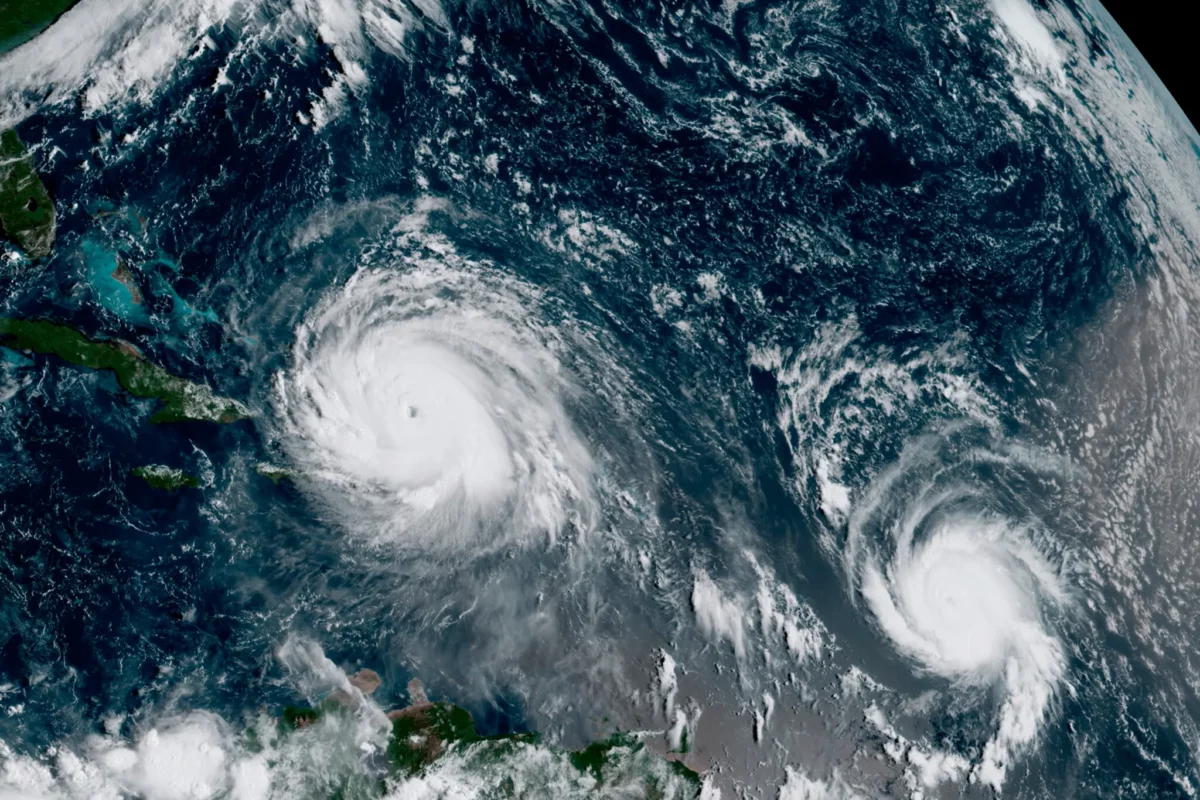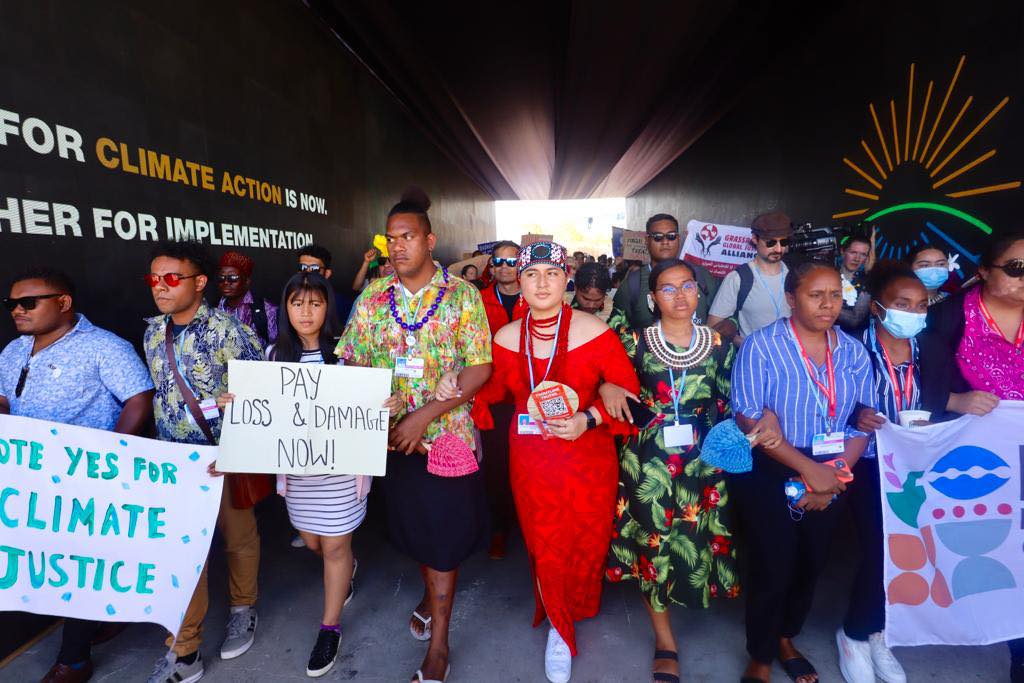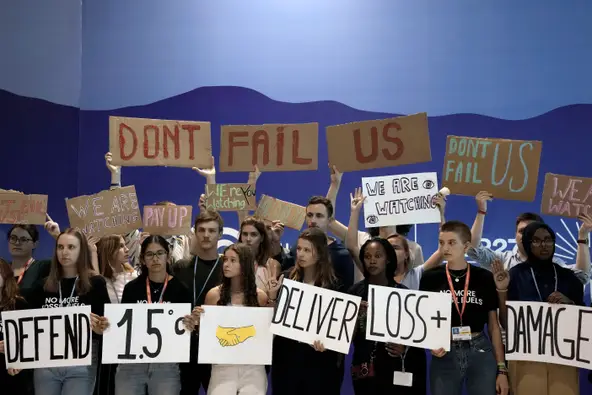Researchers predict Pacific La Niña and El Niño events to be stronger than ever by 2030 and warn people to prepare for prolonged droughts and extreme flooding in the future
Stronger La Niña and El Niño events due to global heating will be detectable in the eastern Pacific Ocean by 2030, decades earlier than previously expected, new modelling suggests.
Researchers have analysed 70 years of reliable sea surface temperature records in the Pacific Ocean to model changes in the El Niño-Southern Oscillation (Enso) under current projections of global heating.
Enso is the planet’s most significant year-to-year climate fluctuation, and a major driver of extreme droughts and floods. It is driven by differences in sea surface temperatures in the Pacific Ocean, which oscillates between warm El Niño, cold La Niña, and neutral phases.
During a La Niña event, warm surface water is pushed towards Asia and north of Australia by strong trade winds that blow west across the Pacific Ocean.
In an El Niño, sea surface temperatures in the central or eastern equatorial Pacific Ocean are warmer than average, and the trade winds weaken or reverse. The result is reduced rainfall over India, Indonesia and northern Australia.
Previous research had suggested that climate change-driven variability of Enso events would not be detectable until 2070.
“In fact, we can start seeing these changes in the next decade,” said study co-author Dr Agus Santoso, of the University of New South Wales climate change research centre.
The team’s analysis separated Enso variations into eastern and central Pacific Ocean events, and found they would be detectable about 40 years earlier than suggested by previous modelling that did not separate the two regions.
Climate change-linked eastern Pacific El Niño events – which tended to be stronger than central Pacific events – would be detectable earlier, Santoso said.
Strong eastern Pacific El Niño events in 1982 and 1997 “caused a substantial disruption of marine ecosystems”, the researchers noted. Intense eastern Pacific El Niños are also typically associated with catastrophic flooding in parts of Ecuador and Peru, but do not occur during central Pacific events.
“We should be more prepared for prolonged droughts and extreme flooding in the future,” Santoso said. “Flooding is probably more destructive than drought in terms of infrastructure, but drought is very impactful in terms of agriculture – both sides of the coin have substantial economic losses.” The first author of the study, published in the journal Nature Communications, is Tao Geng of the Pilot National Laboratory for Marine Science and Technology in Qingdao, China.
This story was written by Donna Lu, originally published at The Guardian on 16 November 2022, reposted via PACNEWS.




